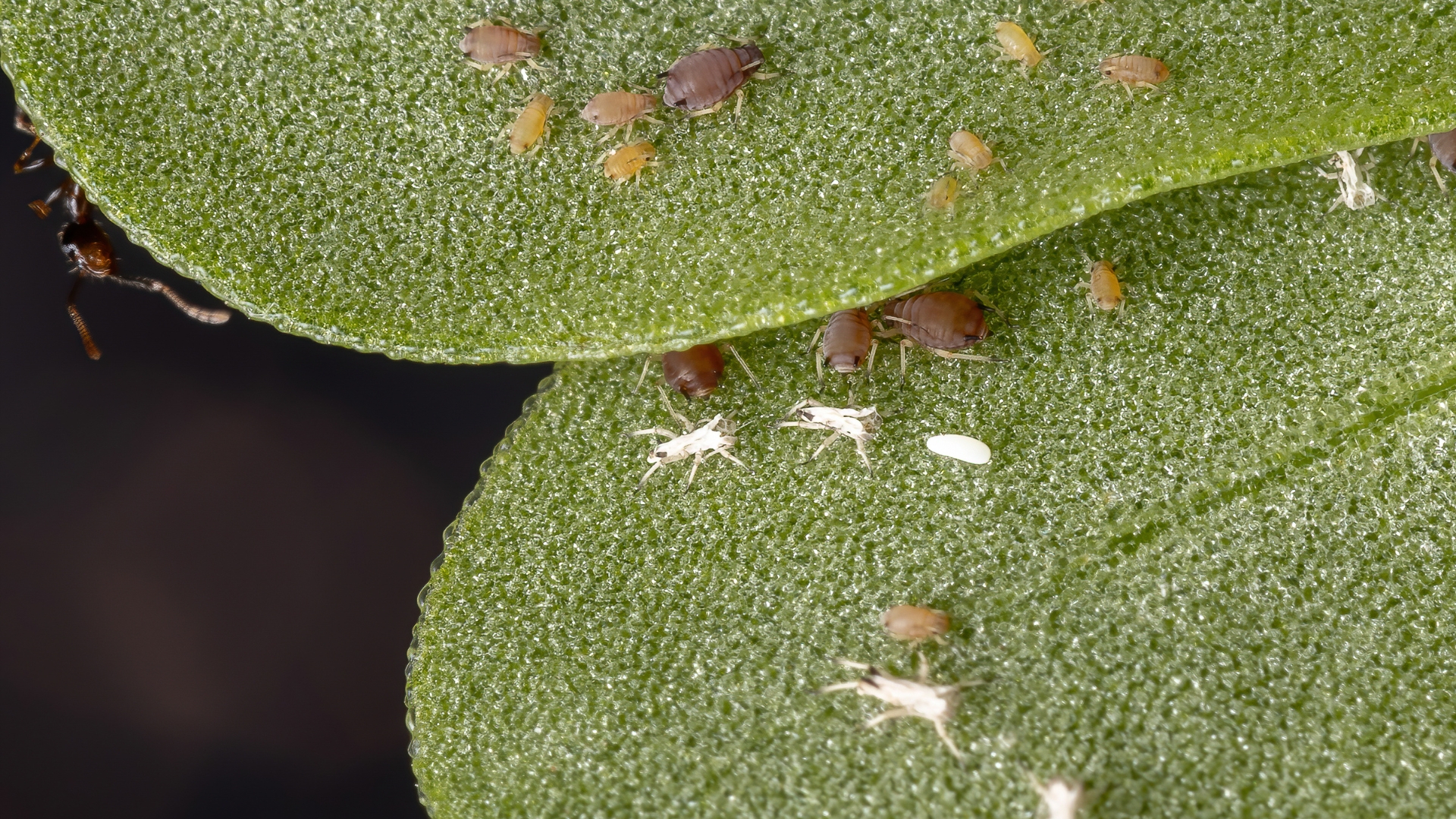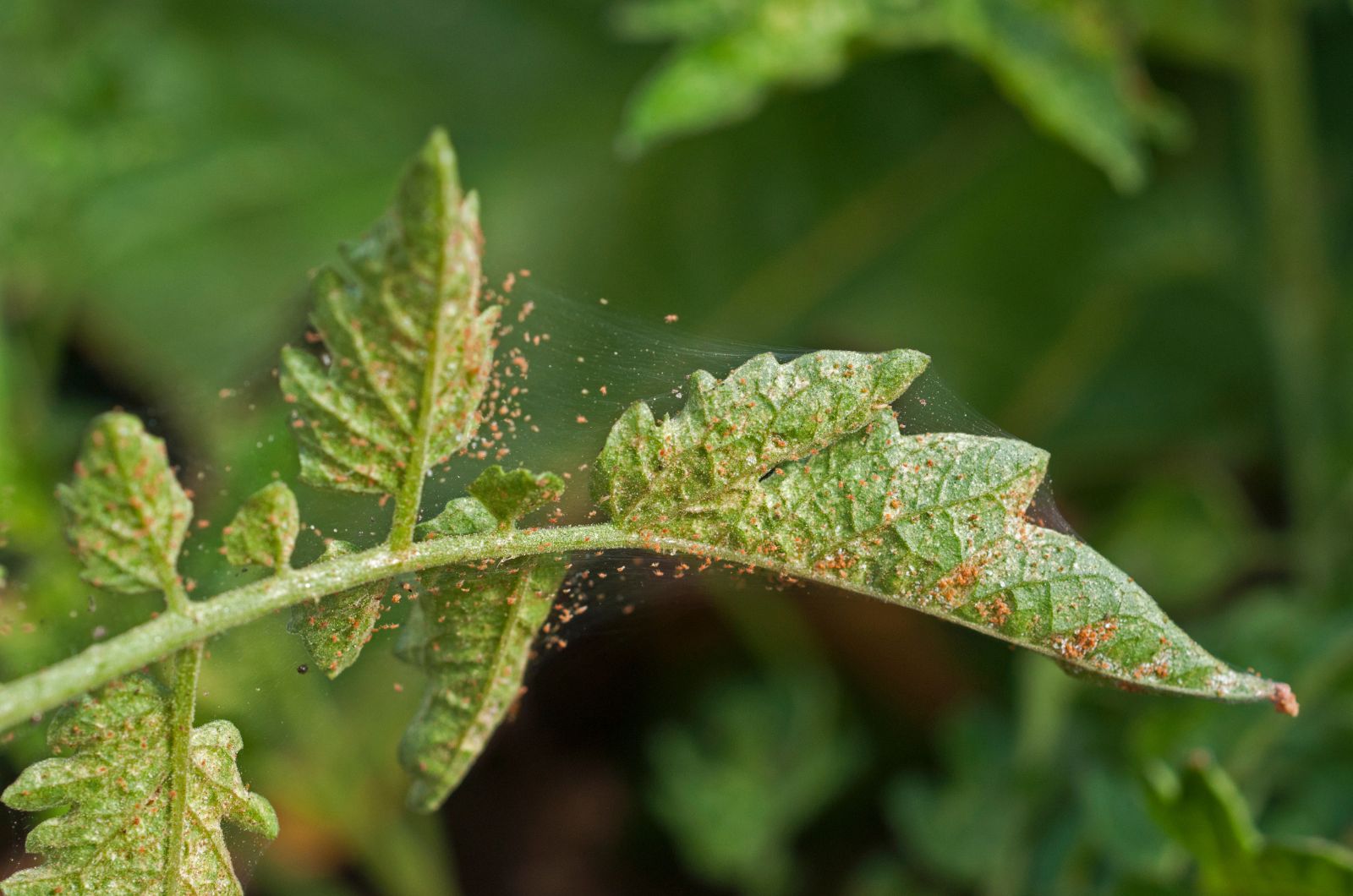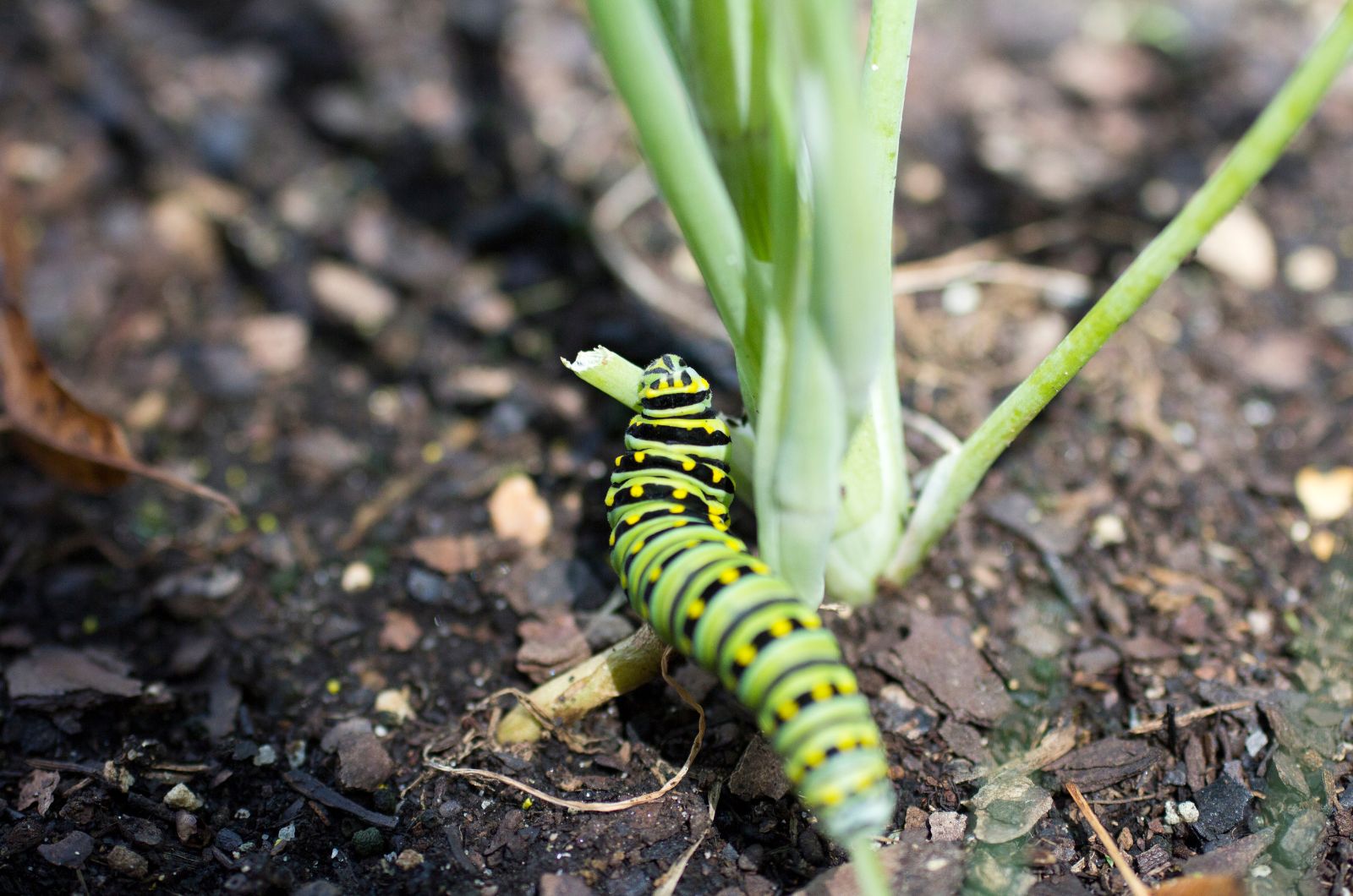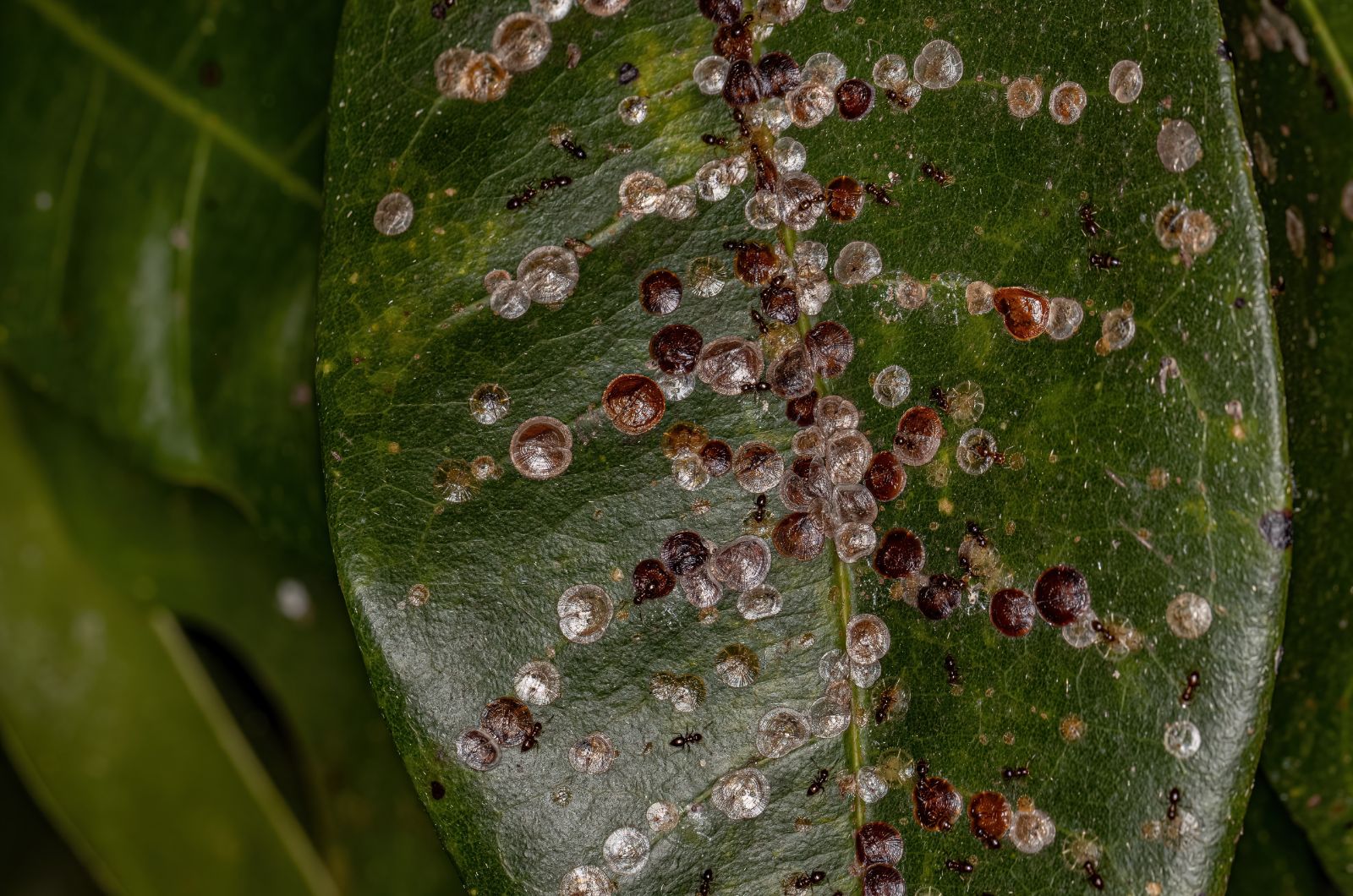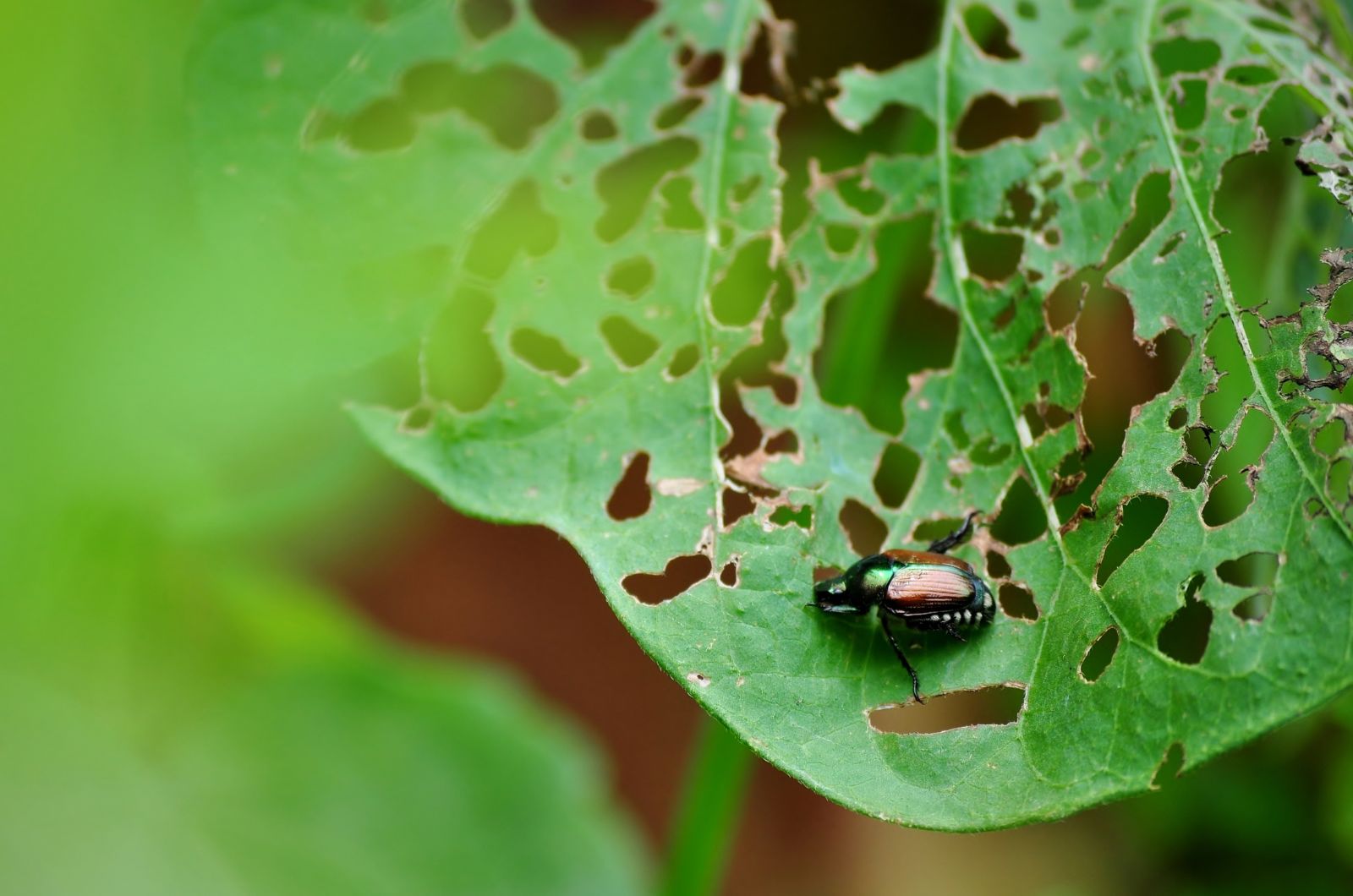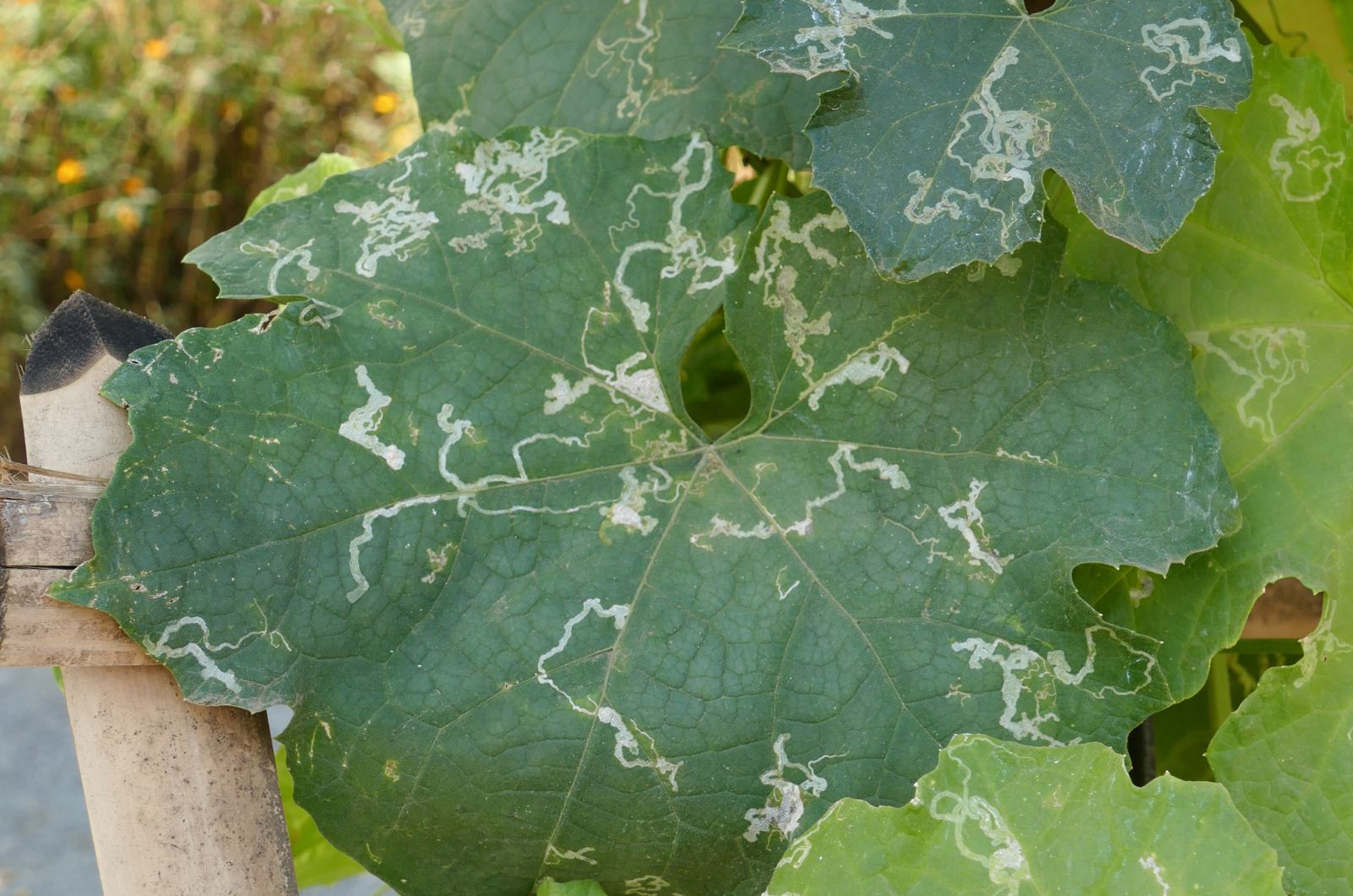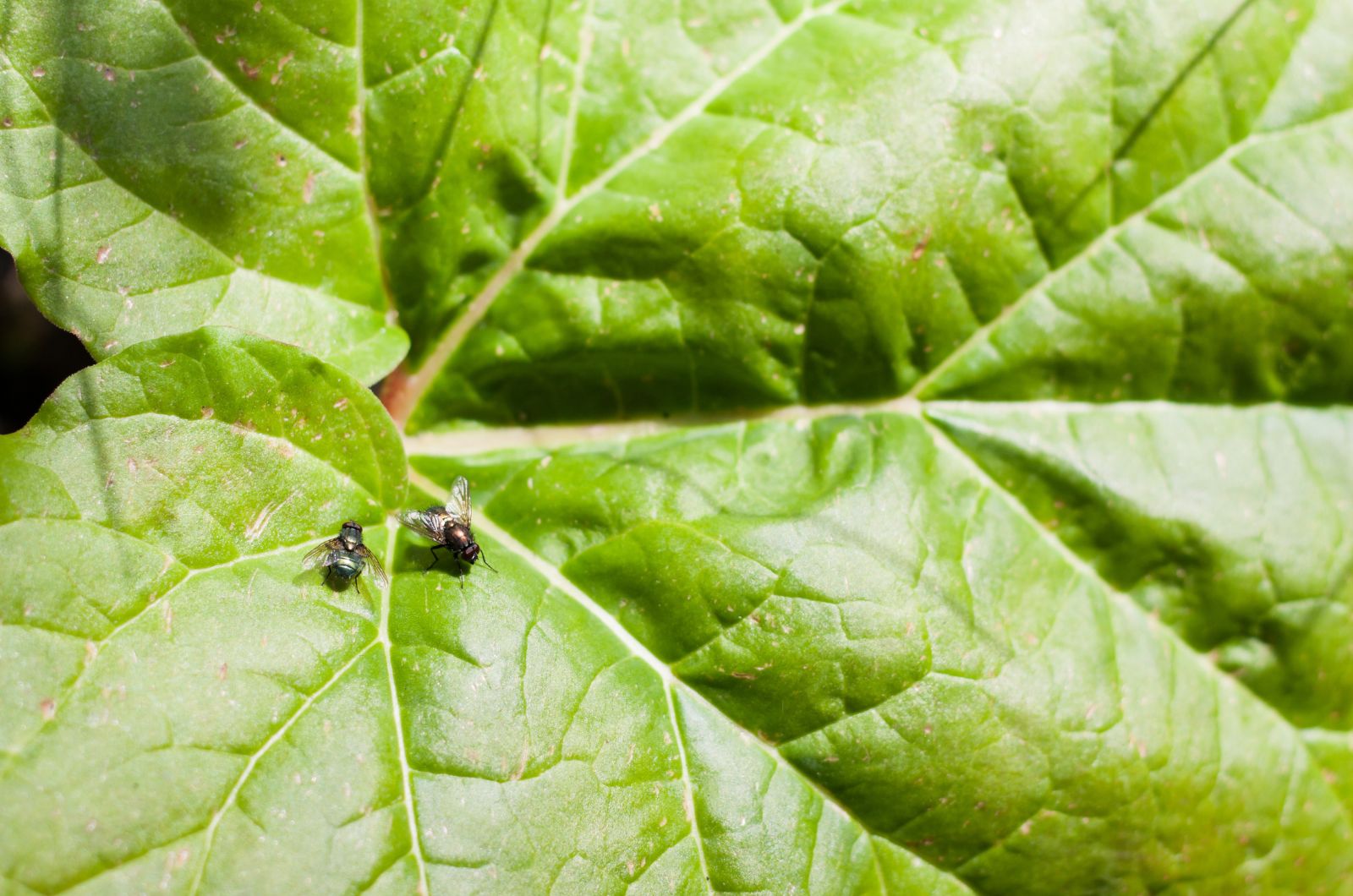A fellow plant grower once told me: if you have a garden, you’ll deal with pests, sooner or later. And that’s true.
I’m not talking about a few pests here and there but rather about an infestation that can wreak havoc on your garden plants. These little suckers feed on plant parts, weaken the plant, and aid in spreading various viral and fungal diseases.
If you’re like me and hate using chemical solutions, I suggest you react in time use natural solutions.
If you’re a beginner, I’m here to help with identifying pest species but if you’re a fellow gardener, let’s go over the material once again
In this article, I’ll show you some of the most common pests that can destroy your plants and give you some tips for getting rid of them!
1. The Notorious Spider Mites
I’ll start the list with my least favorite pest species. I mean, there isn’t such a thing as a favorite pest but spider mites are the worst of them all.
The main problem with these critters is that they’re impossible to see unless you use a magnifying glass.
They are most active during hot spells in the summer months and they don’t have preferences when it comes to plant type.
For instance, they’ll gladly munch on your flowering plants such as roses, veggies such as tomatoes, and fruits such as strawberries.
The size of spider mites can be compared to a grain of sand but don’t let that fool you; they suck out the sap and cause yellow foliage and various other issues.
The worst part is that spider eggs hide in plant soil and multiply rapidly, so you don’t have much time to identify and destroy them.
Regular inspection of your plants will minimize the risk of infestation but, if it does occur, a mix of rubbing alcohol and water (1:3) can help you fix the issue.
When applying this solution, don’t forget the stems and leave the solution on the plant for an hour before rinsing it with a garden hose.
2. The Annoying Caterpillars
Identifying caterpillars isn’t hard, even if there are so many varieties found in different US areas.
These annoying creatures are the most active during late summer and early fall, and even though they can feed on various plants, their favorites are brassicas, such as kale and cabbage.
You should be careful with pests on edible plants because organic solutions may not help in the case of severe infestation.
One of the natural methods that has proven great in fighting caterpillars is introducing natural predators to your garden.
Parasitic wasps, lacewings, and birds are just a few of the species that can help you get rid of caterpillars.
In combination with this method, I also recommend removing caterpillars by hand. I know, I know, my stomach is protesting too, but try putting on gloves and pick every caterpillar you can see.
Cabbage white butterflies may appear cute to you but remember that they can destroy your plants and they’ll always leave their eggs on the plant foliage.
3. Scale Insects
This is another group of pests that suck the sap out of plants, causing discoloration in leaves, leaf drop, and residues of sticky honeydew which can quickly turn to sooty mold.
Severely infested plants will most likely die, so inspecting for scale should be a part of regular plant care.
If you grow fruits or ornamental shrubs and trees, inspect them, and if there are bumps on foliage, fruits, and stems, you’re dealing with scale.
In this case, the female scale caused the damage because the male scale are flying species.
One of the ways to decrease the scale population in your garden is to introduce lacewings. Soapy water is typically used as a pest control method and you can also wipe the plant leaves if there are only a few scale insects.
If the infestation is severe, I’m afraid the only solution is to dispose of your plants.
4. Aphids
Aphids are definitely every gardener’s nightmare because of the extent of damage they can cause to a plant.
Similarly to scale and spider mites, their primary food source is plant sap, and after they’re done feeding, the plant displays signs such as discolored foliage and stunted growth.
Another problem with aphids is that they can spread viral diseases and put all your garden plants in danger.
Soldier beetles, ladybugs, and lacewings are effective in reducing the population of these pests.
Another technique you can use to fight aphids is companion planting; these pests love marigolds and nasturtiums, so use them as trap crops to protect your veggies.
You can also make a solution using neem oil and dish soap and apply it to your aphid-infested plants.
5. Japanese Beetle
If you have fruit trees in your yard, you’ll need to watch out for Japanese beetles. Even though they can feed on various plants, fruits are their preferred ones.
These are sneaky little critters because their grubs spend winters in the ground, not in the tree.
As soon as soil temperatures increase, Japanese beetles will emerge from the ground and start feasting on all plant parts, including leaves, stems, and fruits.
One of the methods you can use to fight Japanese beetles is to remove mulch after the last frost because it provides shelter for these pests and provides them with moisture.
You can use natural ingredients to rid your garden of Japanese beetles, such as peppermint oil.
In the case of severe infestation, I recommend control formulas available in nurseries, but make sure to read and follow the guidelines.
6. Leaf Miners
Another nuisance that can destroy your plants is leaf miners. The larvae are more fond of veggies, such as tomatoes, cucumbers, and spinach.
A telltale sign of leaf miner infestation is trails all over the leaf surface because these pests feed on plant tissue and are most active during spring and summer.
Leaf miners are extremely hard to notice because they lay their white eggs in clusters on the leaf undersides.
The key to a leaf miner-free garden is regular inspection of your garden plants, especially veggies. If you spot any, make sure to scrape them off or use sticky tape to remove the eggs.
I had an issue with these critters a while ago but since the infestation wasn’t severe, a couple of applications of neem oil fixed it.
7. Fruit Flies
Warmer weather brings us fruit flies that spent the previous winter in garden debris. Decaying food material found in compost or any other part of your outdoor space is the main issue.
These pests got their name because they’re primarily focused on laying their eggs in mature fruits. The surface of your fruits will quickly display signs of damage.
Knowing what attracts flies in compost and using techniques such as covering the compost container can make your yard less attractive to fruit flies.
If you have issues with fruit flies in your home, you should focus on eliminating their food sources by tightly sealing garbage bins.
One of the oldest techniques for getting rid of flies is a jar filled with apple cider vinegar. You can cover the jar with a plastic wrap or similar material, secure it, and make a few holes as entry points for the flies.
8. Flea Beetles
And the last nuisances on my list are flea beetles. They enjoy feeding on radishes and tomatoes, so if you notice multiple holes in the leaves, now you know the culprit.
Species from the nightshade family (potatoes, peppers, eggplants) and brassicas are the most susceptible to flea beetle infestation.
Flea beetles will focus on the seedlings and if they manage to infest them without being disturbed, they’ll prevent them from photosynthesizing properly and your seedlings will die.
Row covers and insect netting are frequently used to prevent these pests, especially on young plants and seedlings.
Fighting pests may not be an easy task, but reacting on time and using natural methods will help you fix this annoying issue!

